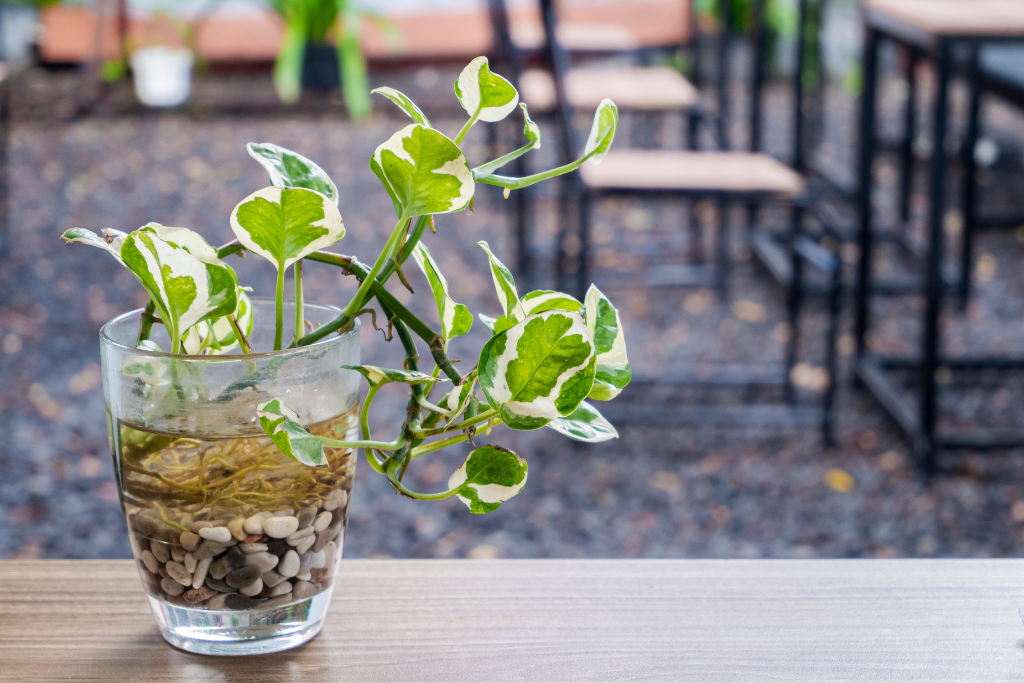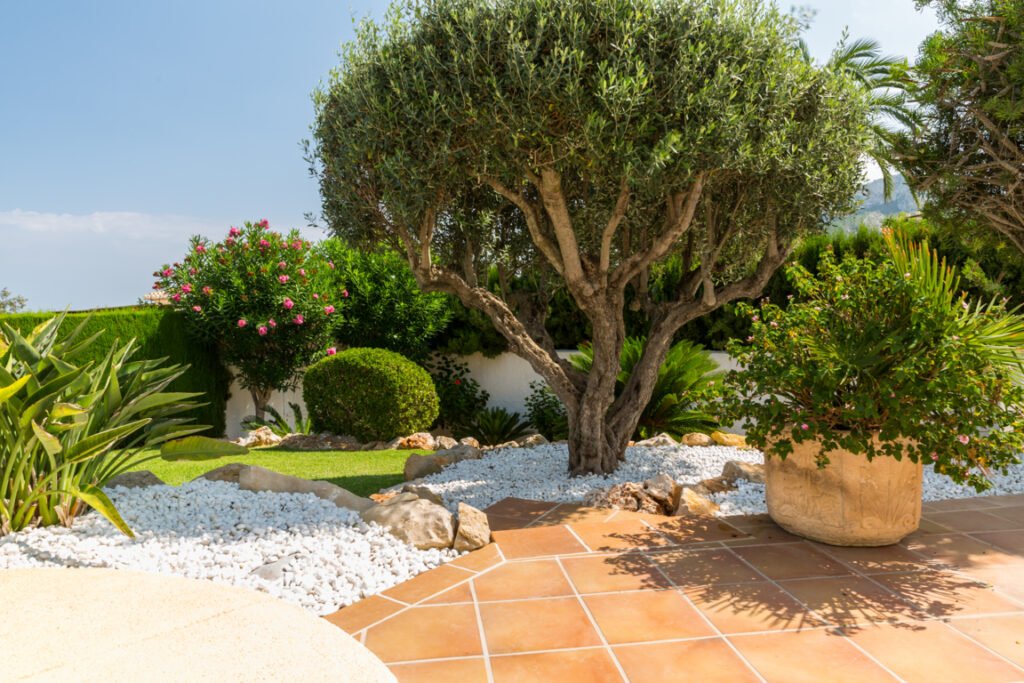
A Kalamata olive tree – known for its luscious dark purple flesh and distinctively flavorful oil, is one of the most popular olive varieties in the world. Besides being the favorite ingredient in Mediterranean dishes, it is also a great addition to your garden.
If you wish to grow a Kalamata olive tree, you’re in for a treat. This guide explains it all when it comes to growing a Kalamata tree, caring for and harvesting the fruit.
So, let’s dive into the details and learn how to grow a Kalamata olive tree.
Kalamata Olive Tree – An Overview

Kalamata olive trees are one of the most popular types of olives grown in the Mediterranean region. It is an ancient variety that has been around for centuries and is renowned for its distinctive flavor.
The Kalamata tree is a medium-sized evergreen with grayish-green leaves and edible dark purple fruits. A Kalamata olive tree is native to Greece and the Peloponnese area, but can now be found in many parts of the world. It is widely grown for its edible fruits, which are high in antioxidants and healthy fats.
A kalamata olive tree height can be up to 10 meters and live for more than 100 years if properly cared for. The tree prefers well-drained, sunny soil and is drought-tolerant. It can withstand some cold temperatures but is not frost-hardy.
Kalamata olives are a popular table olive for the Mediterranean diet; however, they can also be used in many cooking recipes. And, let’s not forget the strong flavor of kalamata olives in salads, dips, and sauces.
All in all, a Kalamata olive tree is an excellent choice for those who want to enjoy the benefits of growing olives in their garden. It is easy to care for, produces abundant fruits, and adds a unique flavor to dishes.
How to Grow a Kalamata Olive Tree

Let’s look at the steps on how to grow a Kalamata olive tree:
1. Choose a suitable location:
Finding the right location to grow a Kalamata olive tree is essential for optimal growth and fruit production. The tree needs full sun exposure, so pick a spot that receives at least 6-8 hours of direct sunlight daily. The tree also prefers well-drained, slightly acidic soil with a pH of 6.0-7.5, and can withstand temperatures as low as -10°C, making it suitable for most Mediterranean climates.
2. Obtain a young tree:
Kalamata olive trees can be purchased from local nurseries or online retailers. Pick a tree that is at least 2-3 years old. Inspect the tree to see if it has a healthy root system and an intact trunk before purchase.
3. Prepare the soil:
Before planting, remove any weeds or grass in the area and loosen the soil to a depth of 45 cm. If necessary, add organic matter to improve the structure of clay or poorly-drained soils.
4. Plant the tree:
Kalamata olive tree planting involves a few steps to ensure the tree’s success. Start by digging a hole that is twice or thrice times as wide and deep as the root system of your kalamata olive tree. Place the kalamata olive tree into the hole, and fill in soil around it until you have filled in both sides of the hole. Water it generously so that the tree is settled in. Follow up with a deep soaking of the root system every few weeks during its first growing season, or when rainfall is low.
5. Watering:
When watering the Kalamata olive tree, do it once a week for the initial year, or water the top 2″ of soil when it’s dry. During the summer months, increase watering frequency to two times a week. For established trees, check the soil regularly and water only when it is dry.
6. Mulching:
Once the tree is planted, cover the root system with a layer of organic mulch to help conserve moisture and suppress weeds. A 2-3 inch mulch layer should be sufficient. Keep the mulch at least 3 inches away from the tree’s trunk for best results.
7. Pruning:
Pruning your Kalamata Olive tree is essential to its maintenance and should be done carefully. Always remember, do not prune your Kalamata olive tree during the first three years of planting.
Pruning should be done in late winter or early spring when the tree is still dormant, and that too, in the 4th year of planting.
Remove any deadwood and select branches to remove to open up the canopy of the tree for more light exposure. Also, prune back about one-third of the length of each branch and strive for a balanced shape with an even canopy coverage.
8. Fertilization:
Live trees benefit from regular fertilization, especially in their first few years of growth. Use a balanced fertilizer and follow the instructions on the label for application rates. Apply the fertilizer in late winter and again in mid-summer. Do not fertilize if the tree is under drought stress or if there has been recent heavy rains.
Start with a small amount and then increase the dosage as the tree grows. Fertilizer should be applied in a circle around the base of the tree, about 12 inches away from its trunk. For established trees, use an all-purpose fertilizer every 3-4 months.
9. Pest control:
Kalamata olive trees are generally pest free but may occasionally be affected by mites, scales, aphids, or other pests. Carefully inspect the tree and its foliage on a regular basis to identify any pest infestations. If spotted, use an insecticidal spray or soap solution to get rid of them.
10. Wait for olives:
Kalamata olive trees take several years to produce olives, with commercial production typically occurring after 4-5 years. Once trees begin to produce, harvest the olives when they are a dark purple color for maximum flavor and nutrition.
So, that’s how you can grow a Kalamata olive tree. Good luck growing your dwarf Kalamata olive tree into a full grown kalamata olive tree!
What do Kalamata Olive Tree Flowers Look Like?

Kalamata olive trees are a unique olive tree species known for producing delicious, dark-colored olives. They have been cultivated since ancient times and can benefit the home gardener. The flowering kalamata olive tree is an attractive sight with its delicate white blossoms and sweet perfume. The flowers will grow in clusters and generally appear at the end of spring.
The olive tree flowers are small, measuring two to five millimeters across. They have four white or pale pink petals, with a yellow center where the stamen is located. The petals surround a single pistil, which holds the pollen. These small flowers are hermaphroditic, meaning they can self-pollinate and pollinate by other olive trees. The flowers bloom in about 4 to 6 weeks before turning into small green fruit, eventually becoming olives.
These kalamata olive tree blossoms require a lot of sunlight to reach their full potential, so if you plan on growing them in your garden, keep them in a sunny spot. They will also need regular watering and fertilizing. The flowers tend to fade away quickly once the fruit has set, and it is best to prune off the blooms after they start fading, as this allows the tree to focus its energy on producing olives.
Can I Grow a Kalamata Olive Tree From Seeds?
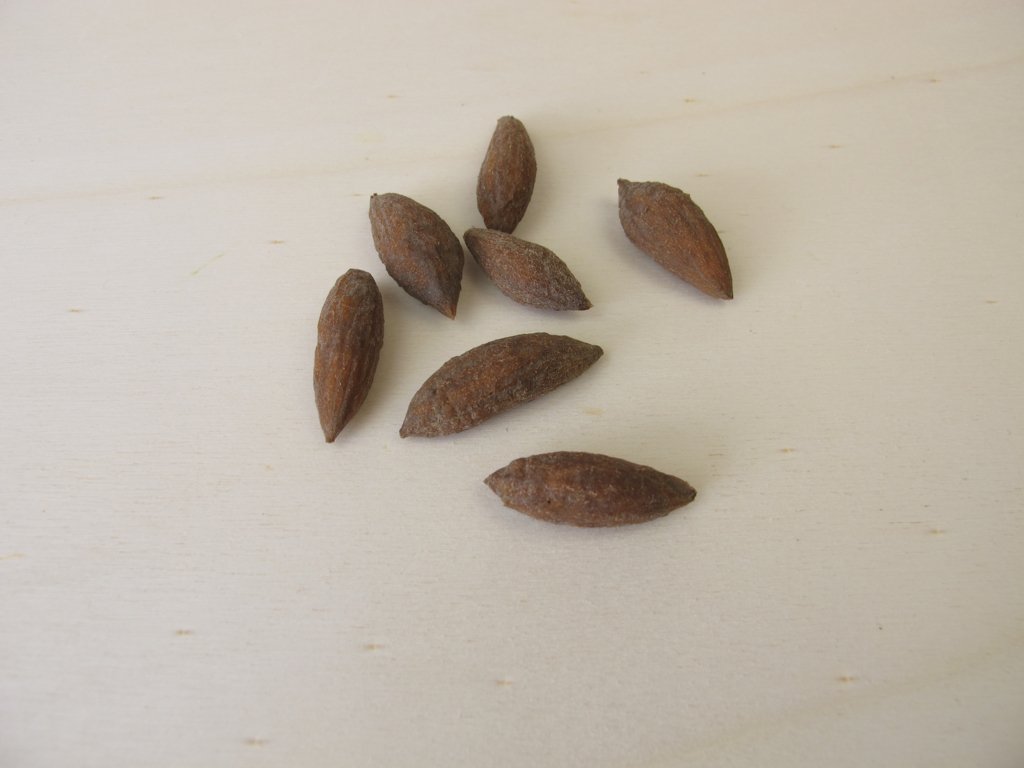
Yes, you can grow a Kalamata olive tree from seeds. However, it’s important to note that this will take longer than other methods of growing an olive tree, and the results may not be what you expect.
When grown from seeds, your Kalamata Olive Tree will likely revert to a wild variety, rather than the parent cultivar you began with. Moreover, growing an olive tree from seed is much more difficult than propagating it from cuttings or grafting it onto another tree.
Getting the seeds:
If you decide to try and grow your Kalamata olive tree from seeds, the first step will be to get your hands on some high-quality seeds. You can purchase Kalamata olive tree seeds from your local gardening store. Once you have your seeds, you will need to do some preparation before planting them.
The most crucial step is ensuring your seeds are warm enough to germinate. The ideal temperature for olive tree seed germination is between 18-22°C (65-72°F). If you cannot provide this temperature, then it’s best to wait until the temperatures rise in spring before planting.
To give your Kalamata olive tree seeds the best chance of germinating, you should sow them undercover in a propagator. This will provide some additional heat and protection for the seedlings as they grow. Once planted, water regularly and check for signs of germination.
If you follow the steps outlined above, then there’s a good chance that your Kalamata olive tree will germinate and grow. However, it’s important to remember that growing an olive tree from seed is more difficult than other methods, and results may not be guaranteed. As such, if you’re looking for a fast-growing olive tree, consider other methods, such as propagation from cuttings or grafting.
Can I Grow a Kalamata Olive Tree in a Pot?
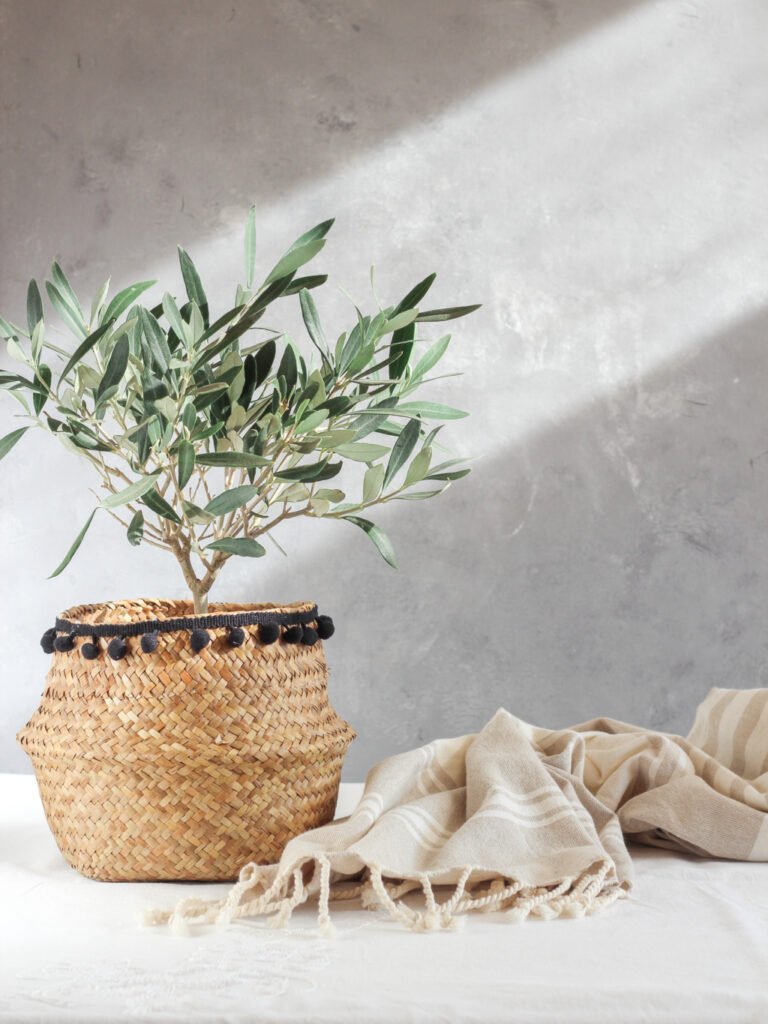
Growing a Kalamata Olive Tree in a Pot is possible. This Mediterranean native is an excellent choice for gardeners looking to create an exotic or exciting feature indoors or outdoors. Kalamata Olive Trees grow best in warm, humid climates and do well with direct sunlight; however, they can be grown indoors and out in pots.
When planting your new olive tree in a pot, use a large enough pot to allow the tree room to grow. The pot should be at least 24 inches in diameter and 18 inches deep and made of clay or wood.
It’s vital to use a well-draining soil mix with plenty of organic matter, such as compost or aged manure. Fill the pot about two-thirds full with soil before planting your Kalamata Olive Tree. The soil should be kept moist but not soggy, and watering can be done every week in the first year or when the top two inches of soil are dry.
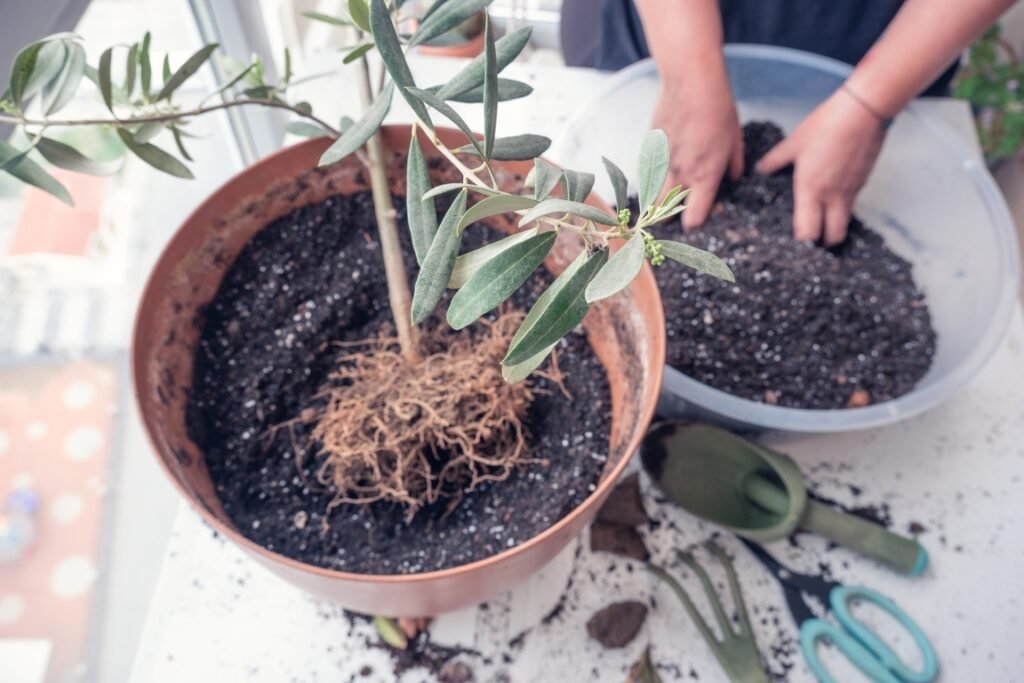
Fertilizing your Kalamata Olive Tree is an important part of growing it in a pot. A balanced fertilizer designed for fruit trees works well and should be applied as directed. It’s also important to regularly prune your Kalamata Olive Tree to keep it healthy and limit its size.
One of the best things about growing a Kalamata Olive Tree in a pot is that it can easily be transplanted if necessary. If you decide to move it, wait for the soil around the tree to be dry before you start digging. In order to make sure the tree remains healthy, it’s important not to damage any of its roots when transferring it into a new pot or place.
Can I Grow a Kalamata Olive Tree From a Pit from a Jarred Olive?
Yes, you can grow a Kalamata olive tree from a pit using jarred olives. But, it has to be fresh, meaning not from a jar of olives that has been sitting on the shelf for years – store-bought, to be precise.
Olives in jars are treated with lye and can be more difficult to germinate than fresh olives, so it’s best to start with freshly picked fruit if you intend to propagate your own olive trees.
Take precautions:
When planting an olive pit, taking a few precautions is important.
Purchase or obtain high-quality seeds free of harmful chemicals or treatments.
Soak the pit in water for 24 hours before planting. This will help soften the hard outer shell and give your seedling a better chance of survival.
The soil you’re using to plant your olive pit should be well-draining and free of any rocks or debris. Olive trees prefer neutral soils with a pH of 7 or higher and need adequate water, sunshine, and nutrients to thrive.
Once the seedling grows and develops leaves, you can start fertilizing the tree. Use a balanced fertilizer, such as one with an equal nitrogen-phosphorus-potassium ratio of 10-10-10, to help promote healthy growth and prevent nutrient deficiencies.
Lastly, prune your Kalamata olive tree to keep it looking neat while also helping it to produce more olives. Pruning can be done in the late winter or early spring when the tree is still dormant. Remember to prune only dead, diseased, or damaged branches and avoid cutting into healthy growth.
Frequently Asked Questions (FAQ)
What to consider when growing a kalamata olive tree indoors?
When growing a kalamata olive tree indoor, you should be aware of the following aspects:
Location – Choose an area with plenty of natural light and ample ventilation.
Soil type – The soil used to plant the tree should be well-drained and high in organic matter.
Watering – Make sure to water your kalamata olive tree regularly, but do not overwater.
Fertilizer – Apply fertilizer to the soil approximately every two weeks to ensure healthy growth.
Pruning – Prune your kalamata olive tree regularly to maintain its shape and promote vigorous new growth.
How many olives will a kalamata olive tree produce in a season?
The amount of olives a kalamata olive tree will produce in a season is highly dependent on the health and size of the tree. Generally, an established kalamata olive tree can yield up to 15-20 kgs of olives in one season.
What is the best way to harvest olives from a kalamata olive tree?
The best way to harvest olives from a kalamata olive tree is by hand or with a piece of equipment called an olive harvester. Handpicking will ensure that you are only collecting ripe olives, while using an olive harvester can help to quickly and efficiently collect large amounts of olives.



